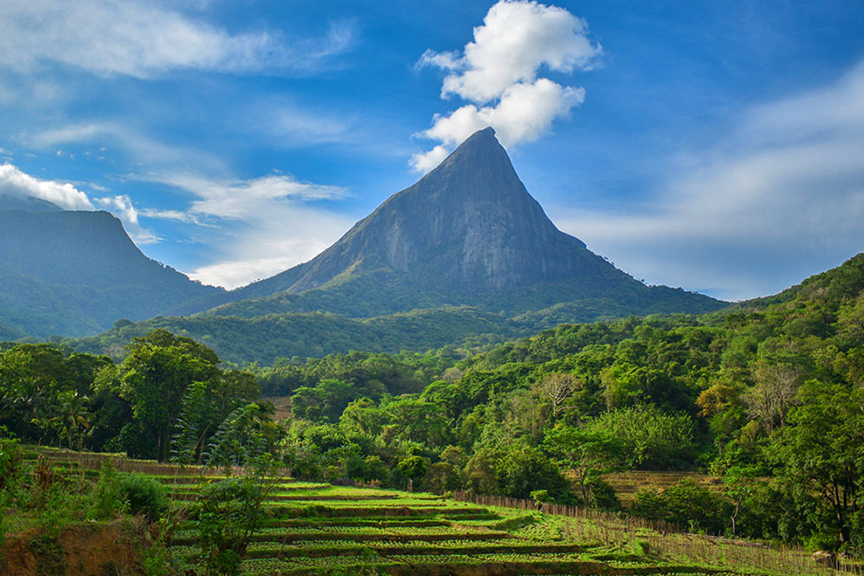LAKEGALA

Sri Lanka is home to many awe-inspiring natural wonders, but few places capture the essence of the island’s rugged beauty quite like Lakegala. Nestled within the central highlands of Sri Lanka, this towering peak offers breathtaking views, rich mythology, and an unforgettable adventure for those brave enough to scale its slopes. For nature lovers, trekkers, and those seeking an escape into the island’s stunning wilderness, Lakegala is truly a hidden gem waiting to be explored.
Where is Lakegala?
Lakegala is located in the Kandy District of Sri Lanka, within the picturesque Matale region. Situated about 25 kilometers northeast of Kandy, the mountain forms part of the Knuckles Mountain Range, which is a UNESCO World Heritage Site known for its diverse ecosystems and dramatic landscapes. The area surrounding Lakegala is renowned for its natural beauty, making it a popular destination for adventurous travelers and nature enthusiasts.
Lakegala, located in the Knuckles Mountain Range, holds deep ties to the Ramayana. It is believed to be the place where Hanuman first landed after his monumental leap from India to Lanka in search of Sita, marking a crucial moment in his role to help Lord Rama. The mountain is also linked to Ravana, the demon king, who may have used Lakegala as one of his strongholds, enhancing the mountain’s spiritual and historical significance. As Lord Rama’s forces advanced toward Lanka, Lakegala could have marked a symbolic part of his journey, embodying the strength and resolve needed to defeat Ravana. In local lore, Lakegala is believed to house hidden temples, adding to its importance as a divine site dedicated to Lord Shiva, Lord Rama, and Hanuman, continuing its spiritual legacy.
Best Time to Visit Lakegala
The best time to visit Lakegala and the surrounding areas is during the dry season, which runs from December to April. During this period, the weather is clear and pleasant, making it ideal for hiking and outdoor activities. The monsoon season, from May to November, brings heavy rains, which can make the trails slippery and the terrain challenging. It’s best to plan your visit during the dry months to ensure the best experience.
